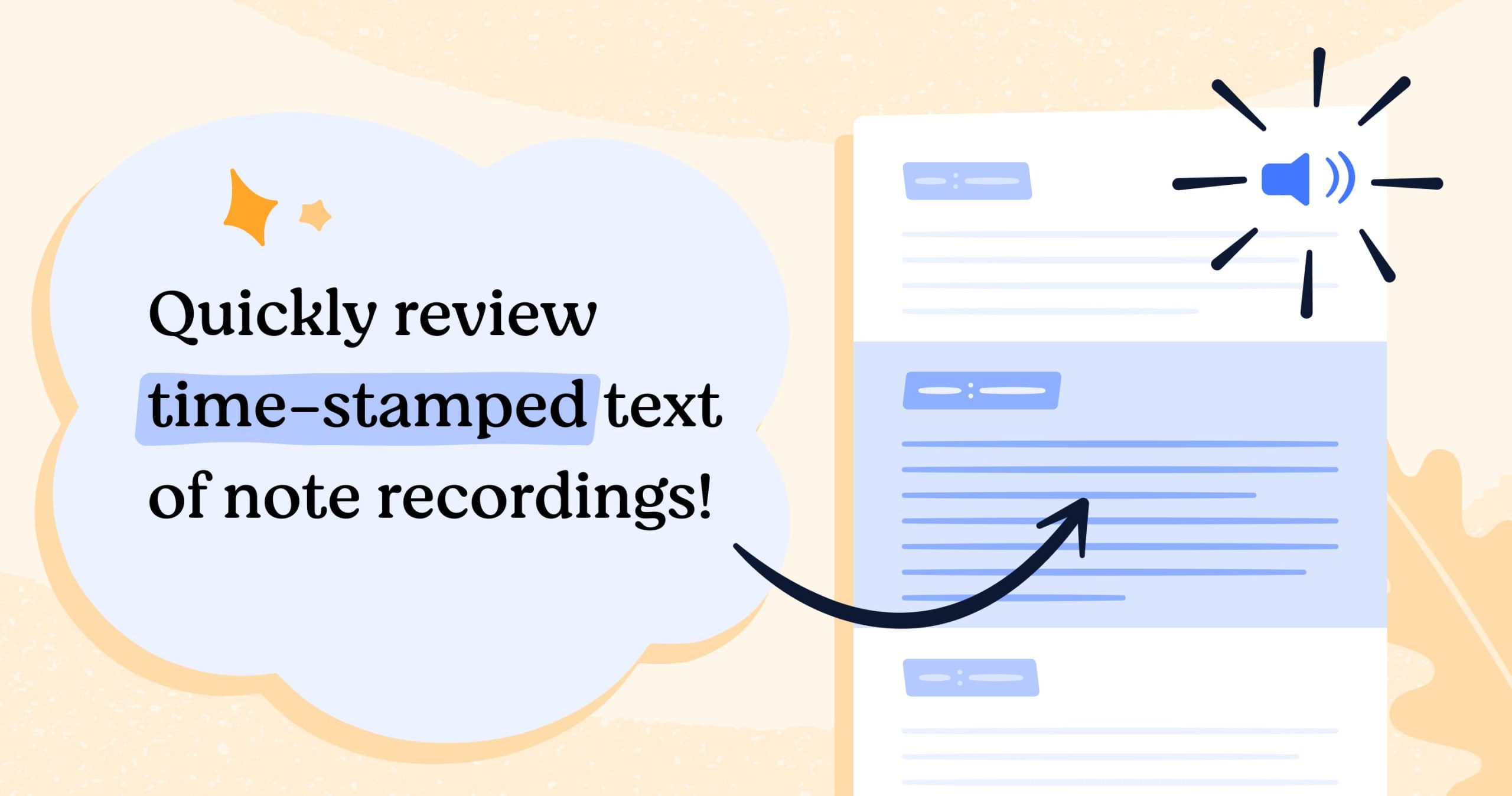
In the ever-evolving world of digital marketing, content is king—but in 2025, it’s clear that video, audio, and transcripts are becoming the crown jewels of SEO strategies. With over 87% of online marketers using video content and 82% of internet traffic expected to be video by 2025, it’s no longer a question of if you should use these elements, but how to do it effectively.
This article will guide you through the practical steps of leveraging video, audio, and transcripts to enhance your blog’s visibility, engagement, and search rankings. Whether you’re an experienced marketer or just starting out, this guide will give you actionable insights to make your content stand out in a crowded digital space.
What Is Video, Audio & Transcripts in SEO and Why It Matters
At its core, Video, Audio & Transcripts (VAT) refers to the integration of multimedia content into your blog posts, along with their textual counterparts. This combination helps search engines better understand your content, improves user experience, and increases the chances of your content being featured in rich results like Google’s “Top Stories” or YouTube’s search results.
Why does this matter? Because:
- Google can’t fully interpret video or audio on its own. It relies heavily on surrounding metadata, such as titles, descriptions, and transcripts.
- Transcripts make your content more accessible, helping users who are visually or hearing impaired, or those watching in public without sound.
- Audio and video content can increase dwell time, which is a strong signal for Google’s algorithm.
- Multimedia content is more engaging, leading to higher click-through rates and lower bounce rates.
In short, VAT isn’t just about making your content more appealing—it’s about optimizing it for both humans and search engines.
How Video, Audio & Transcripts Impact SEO Performance
The impact of VAT on SEO is multifaceted. Here’s how each component contributes:
1. Video
- Boosts Engagement: Videos keep users on your site longer, which signals to Google that your content is valuable.
- Improves Click-Through Rates (CTR): A well-designed thumbnail and title can entice users to click on your post from the SERPs.
- Enhances User Experience: Video can break up long blocks of text, making your content more digestible and less overwhelming.
2. Audio
- Supports Accessibility: For users who prefer listening to reading, audio content makes your blog more inclusive.
- Increases Reach: Podcasts and audio blogs can be consumed on-the-go, expanding your audience beyond traditional web users.
- Lowers Bounce Rate: Users who engage with audio content are more likely to stay on your page longer.
3. Transcripts
- Helps Search Engines Index Content: Transcripts provide a textual version of your video or audio, allowing Google to crawl and rank your content more effectively.
- Improves Accessibility: As mentioned earlier, transcripts are essential for users who cannot watch or listen to your content.
- Boosts Keyword Optimization: Including relevant keywords in your transcript can improve your chances of ranking for those terms.
Together, these elements create a powerful synergy that enhances your blog’s SEO performance.
Step-by-Step Implementation Framework
To effectively use video, audio, and transcripts in your blog SEO strategy, follow this structured approach:
1. Define or Audit the Current Situation
- Analyze Your Content: Identify which blog posts could benefit from multimedia enhancements.
- Check Existing Media: Review any videos, audio clips, or transcripts already on your site.
- Assess SEO Health: Use tools like Screaming Frog or Ahrefs to see how your current content is performing.
2. Apply Tools, Methods, or Tactics
- Add Video Content: Embed videos from YouTube, Vimeo, or self-hosted sources. Ensure they’re optimized with proper titles, descriptions, and tags.
- Include Audio Clips: Add podcasts or voiceovers where appropriate. Use platforms like SoundCloud or embed audio directly into your blog.
- Create Transcripts: Write detailed transcripts for all videos and audio clips. Make sure they’re keyword-rich and easy to read.
3. Measure, Analyze, and Optimize
- Track Engagement Metrics: Use Google Analytics to monitor dwell time, bounce rate, and user behavior.
- Monitor Search Rankings: Track how your content performs in search results after implementing VAT.
- A/B Test Different Formats: Experiment with different types of videos, audio, and transcripts to see what resonates best with your audience.
Real or Hypothetical Case Study
Let’s imagine a scenario where a tech blog decides to implement VAT across its content.
Before VAT:
– The blog had high-quality articles but low engagement.
– Visitors often left after reading a few paragraphs.
– Traffic was stagnant despite consistent content updates.
After Implementing VAT:
– The blog added short explainer videos to key posts.
– Included transcripts for all videos and audio clips.
– Optimized video thumbnails and descriptions for SEO.
Results:
– Traffic increased by 40% within three months.
– Dwell time rose by 35%, indicating better user engagement.
– Bounce rate dropped by 20%, showing improved user satisfaction.
This case study highlights how integrating VAT can transform your blog’s performance and user experience.
Tools and Techniques for Video, Audio & Transcripts
Here are some of the most effective tools to help you implement VAT successfully:
- Descript – A powerful tool for editing audio and creating transcripts.
- Otter.ai – Offers fast and accurate transcription services for audio and video.
- Canva – Great for designing eye-catching video thumbnails.
- YouTube Studio – Ideal for optimizing video metadata and descriptions.
- Vimeo – A professional alternative to YouTube for hosting high-quality videos.
- Google Trends – Useful for identifying popular keywords to include in your transcripts and video descriptions.
Future Trends and AI Implications
As AI continues to evolve, the role of VAT in SEO will only become more significant. Here’s what to expect:
- Improved Video Recognition: AI will soon be able to accurately analyze video content, making it easier for search engines to index and rank it.
- Voice Search Optimization: With the rise of smart speakers and voice assistants, audio content will become even more important.
- Personalized Content Delivery: AI will help tailor video and audio content to individual user preferences, increasing engagement and conversion rates.
To stay ahead, focus on creating high-quality, engaging content that aligns with user intent. And remember—transcripts will always be essential for accessibility and SEO.
Key Takeaways
- Integrate video, audio, and transcripts to enhance your blog’s SEO and user experience.
- Optimize metadata such as titles, descriptions, and tags to improve search visibility.
- Use transcripts to make your content more accessible and searchable.
- Track performance metrics to refine your strategy and maximize results.
- Stay ahead of trends by embracing AI-driven tools and techniques.
By implementing these strategies, you’ll not only boost your blog’s SEO but also create a more engaging and inclusive experience for your audience.
Meta Title: How to Use Video, Audio & Transcripts to Boost Your Blog’s SEO
Meta Description: Learn how to leverage video, audio, and transcripts to improve your blog’s SEO, increase engagement, and drive more traffic.
SEO Tags (5): video seo, audio seo, transcript optimization, blog seo, multimedia content
Internal Link Suggestions:
– [Parameter #12]: “How to Optimize Video Content for SEO”
– [Parameter #15]: “The Role of Transcripts in Search Engine Optimization”
– [Parameter #20]: “Audio Content Marketing Strategies for 2025”
External Source Suggestions:
– https://www.searchenginejournal.com
– https://moz.com
– https://backlinko.com











